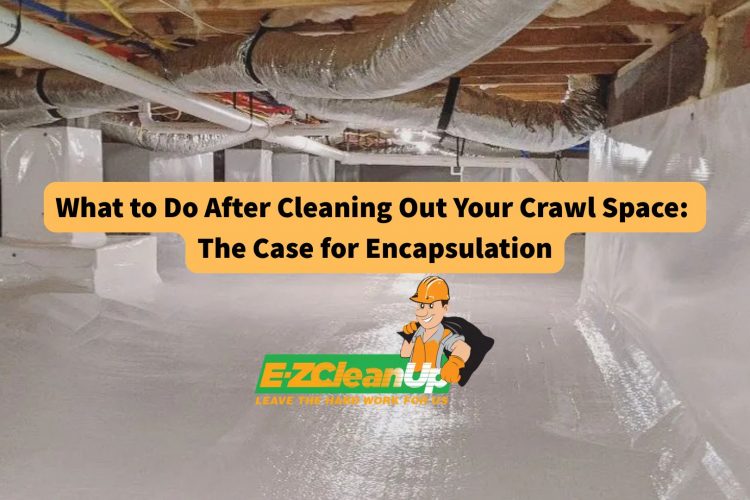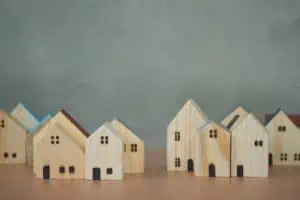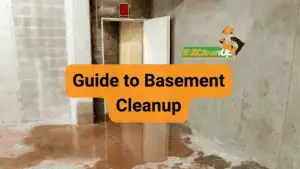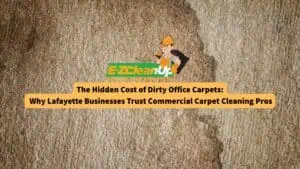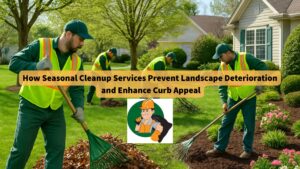After cleaning your crawl space, the next step is to maintain a dry and safe environment. Encapsulation can also help protect your home from moisture, bad smells, and pests. Likewise, it seals the space to keep it clean longer and prevents future problems.
If you’d like to know more tips and ideas about what to do after cleaning out your crawl space and encapsulation, then this guide has your back.
#1 Cleaning Is Just the First Step
Cleaning is just the first step in keeping your crawl space healthy and safe. And once you clear out debris, mold, and pests, the next important move is crawl space encapsulation with the target. This process seals the space and protects it from moisture, pests, and future damage.
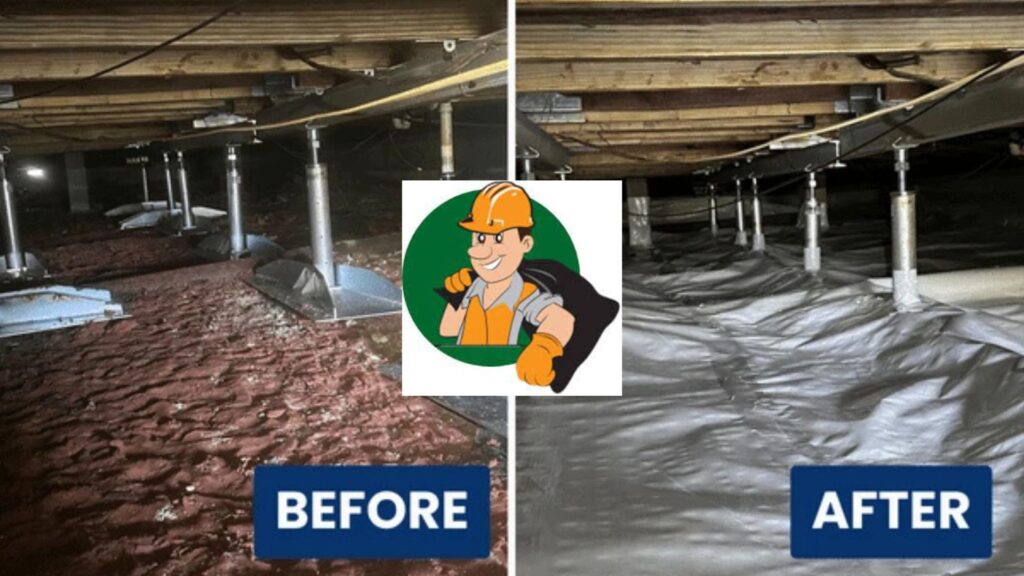
Why Encapsulation Matters After Cleaning
Encapsulation turns your cleaned crawl space into a dry, protected area. It helps stop mold, keeps pests away, and supports your home’s foundation. It can also improve your indoor air and help lower energy use.
Key Benefits of Crawl Space Encapsulation
- Moisture Control – Keeps water and humidity out.
- Enhanced Air Quality – Helps reduce mold and allergens.
- Pest Prevention – Blocks insects and rodents.
- Energy Efficiency – Helps your home stay warmer or cooler with less effort.
- Structural Integrity – Protects your foundation from long-term damage.
#2 What Crawl Space Encapsulation Means
Crawl space encapsulation means sealing your crawl space so it stays clean, dry, and protected.
To do this, a thick vapor barrier is put on the floors and walls, vents are sealed, and insulation or a dehumidifier may be added to keep the air dry.
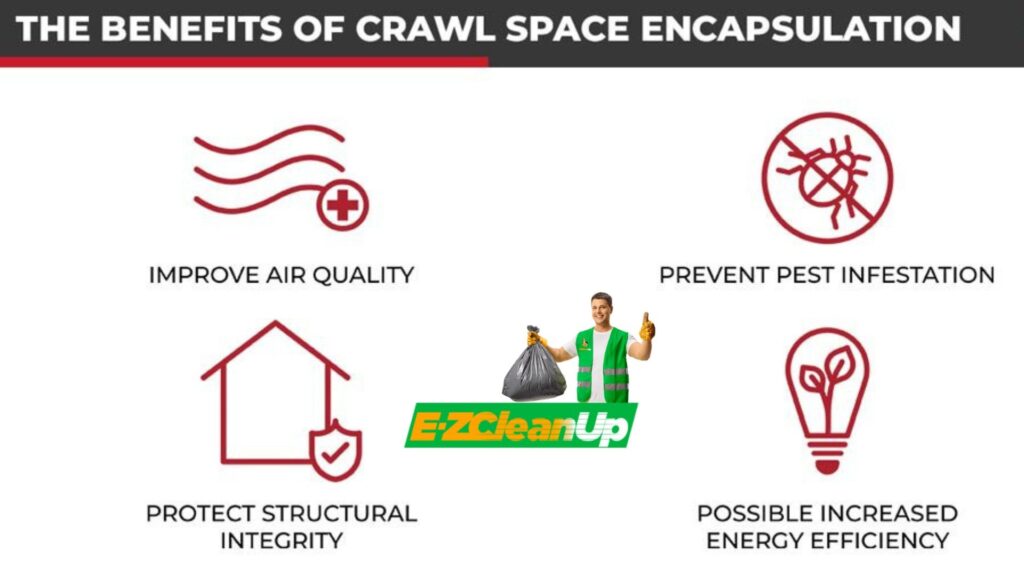
Encapsulation turns the crawl space into a controlled area that helps prevent mold, wood damage, pests, and energy loss. So, instead of fixing problems after they happen, it works like a shield that protects your home for the long term.
The process usually includes:
- Checking the crawl space
- Cleaning it well
- Placing the vapor barrier tightly
- Sealing all openings
- Installing a system to control humidity
This helps reduce moisture that can reach your living areas, so it makes the air in your home healthier and helps your HVAC system work better.
#3 Easy Steps to Get Your Crawl Space Ready
Getting your crawl space ready for encapsulation helps make the job work better and last longer. Here’s how to prepare it in simple steps:
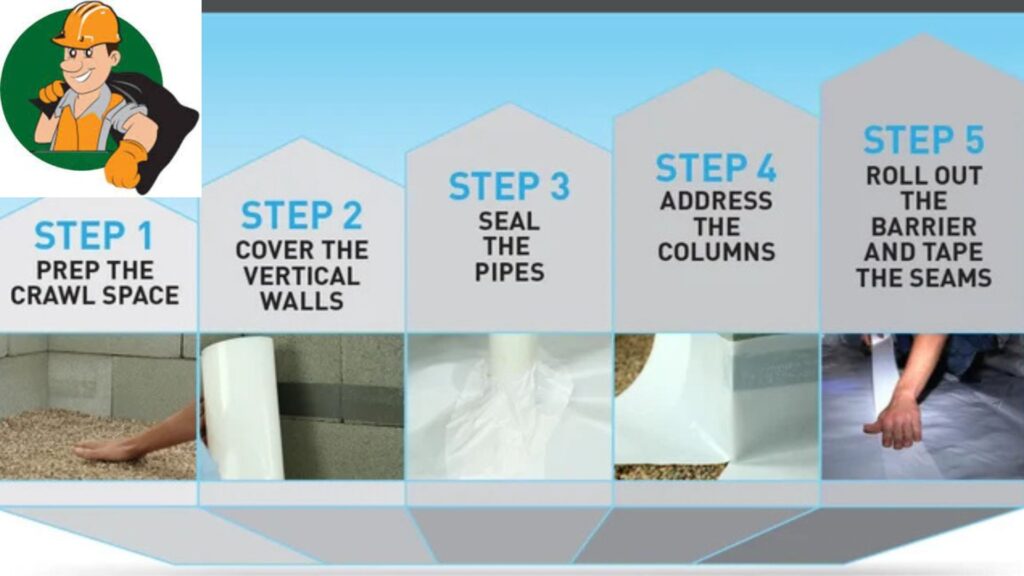
1. Check the Crawl Space
Look around for problems like water, mold, pests, or damaged insulation. Fix these issues before starting.
2. Remove All Debris
Clear out old insulation, trash, leaves, dirt, and anything else sitting on the ground. Because a clean space makes the new materials stick well and work better.
3. Fix Moisture Issues
Next, repair plumbing leaks and make sure no water is sitting on the ground. If needed, you can also add drains or a sump pump to move water away.
4. Seal Vents and Gaps
Close vents and seal cracks or holes with caulk or spray foam. Because this helps keep moisture and pests out.
5. Smooth the Ground
Pick up sharp rocks or remove any object that could poke holes in the vapor barrier.
6. Make Sure Everything Is Dry
Let the crawl space dry completely before adding the vapor barrier or any other materials. This can help stop moisture from getting trapped inside.
#4 How to Take Care of Your Crawl Space Later
Taking care of your crawl space after encapsulation helps keep it dry, clean, and protected. Here are easy ways to maintain it:
Regular Inspections
Check the crawl space twice a year, like once in spring and once in fall. You can look for torn vapor barriers, standing water, or pests. Because catching problems early saves money and prevents bigger issues.
Watch the Humidity
Keep the humidity around 50%. To do this, you can use a small meter to check the levels. If it gets too high, run your dehumidifier and clean or replace its filters as needed.
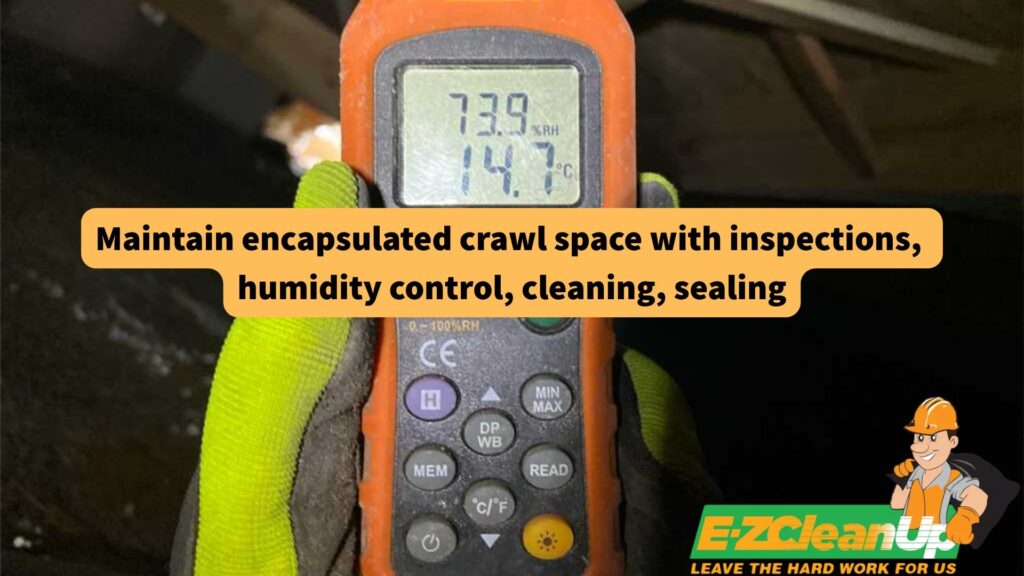
Maintain Drainage
Make sure gutters, downspouts, sump pumps, and drains are working. And clear leaves and dirt so water stays away from your crawl space.
Keep It Clean
Remove leaves, dirt, or debris that gets inside. You can also wipe dust or buildup off the vapor barrier to help stop mold and pests.
Seal Cracks and Openings
If you see any cracks, holes, or new gaps, seal them right away. Because this keeps moisture and pests from getting in.
Skip Fiberglass Insulation
Avoid using fiberglass because it holds moisture and can grow mold. You can use foam insulation instead, if you need added protection.
By following these simple steps, your encapsulated crawl space will stay dry, healthy, and strong for years.
#5 Is Encapsulation Worth the Money?
Crawl space encapsulation is usually worth the cost for most homeowners because it protects their home in many important ways.
And by sealing the crawl space, you can stop moisture, mold, pests, and damage from reaching your home. This can also help your foundation and wood structures last longer and keep your home safer.
Encapsulation can also improve the air you breathe and help your home use less energy, which may lower your heating and cooling bills.
And many homeowners feel the investment pays off because it prevents expensive repairs and makes their home more comfortable.
The exact value depends on your crawl space, your climate, and the quality of the installation. But if your home already has moisture or pest issues, encapsulation is often one of the best long-term solutions.
#6 FAQs
How long does crawl space encapsulation usually last?
A well-installed encapsulation system can last up to 15-20 years or more, and this can depend on the materials used and how well the space is maintained.
Can I stay in my home while the crawl space is being encapsulated?
Yes, because encapsulation work is done underneath your home, so you can stay inside without any disruption.
Can encapsulation help reduce noise from the floor above?
Yes, sealing and adding insulation can reduce drafts and soften noises coming from underneath the house.
#7 The Bottom Line – Crawl Space Encapsulation Helps Your Home Stay Healthy and Energy-Efficient
Cleaning your crawl space is just the first step, and crawl space encapsulation is the next. Because it seals the space to keep out water, bugs, and mold. It can also help your home stay warmer in winter, cooler in summer, while keeping the air cleaner.
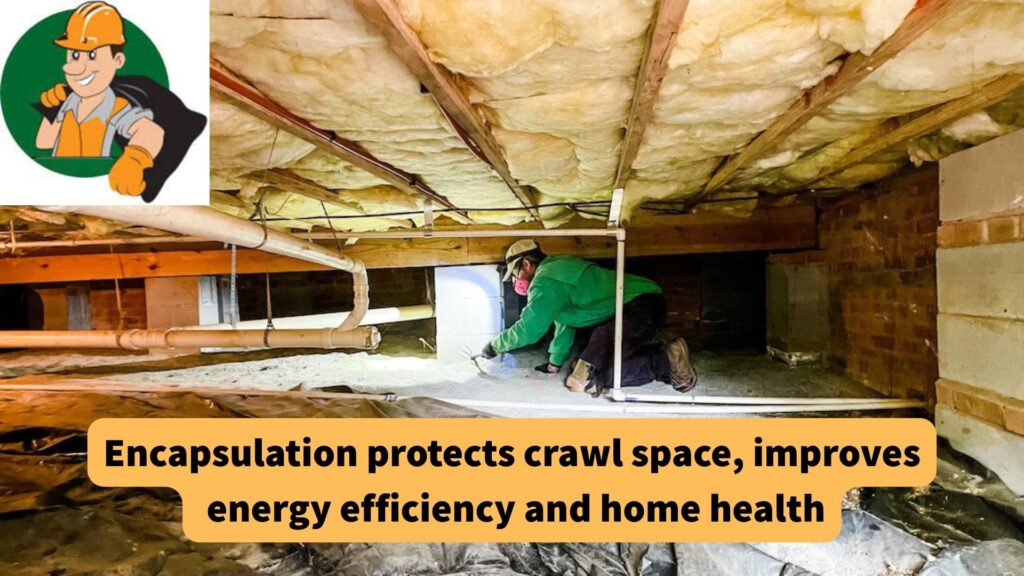
Encapsulation can also make a strong shield under your home. And it protects the foundation, saves on energy bills, and keeps your home healthier. With a little care after it’s done, it can last a long time.
Even though it costs some money at first, it’s worth it. Encapsulation is not just fixing problems. But it makes your home safe, comfy, and strong for years.

